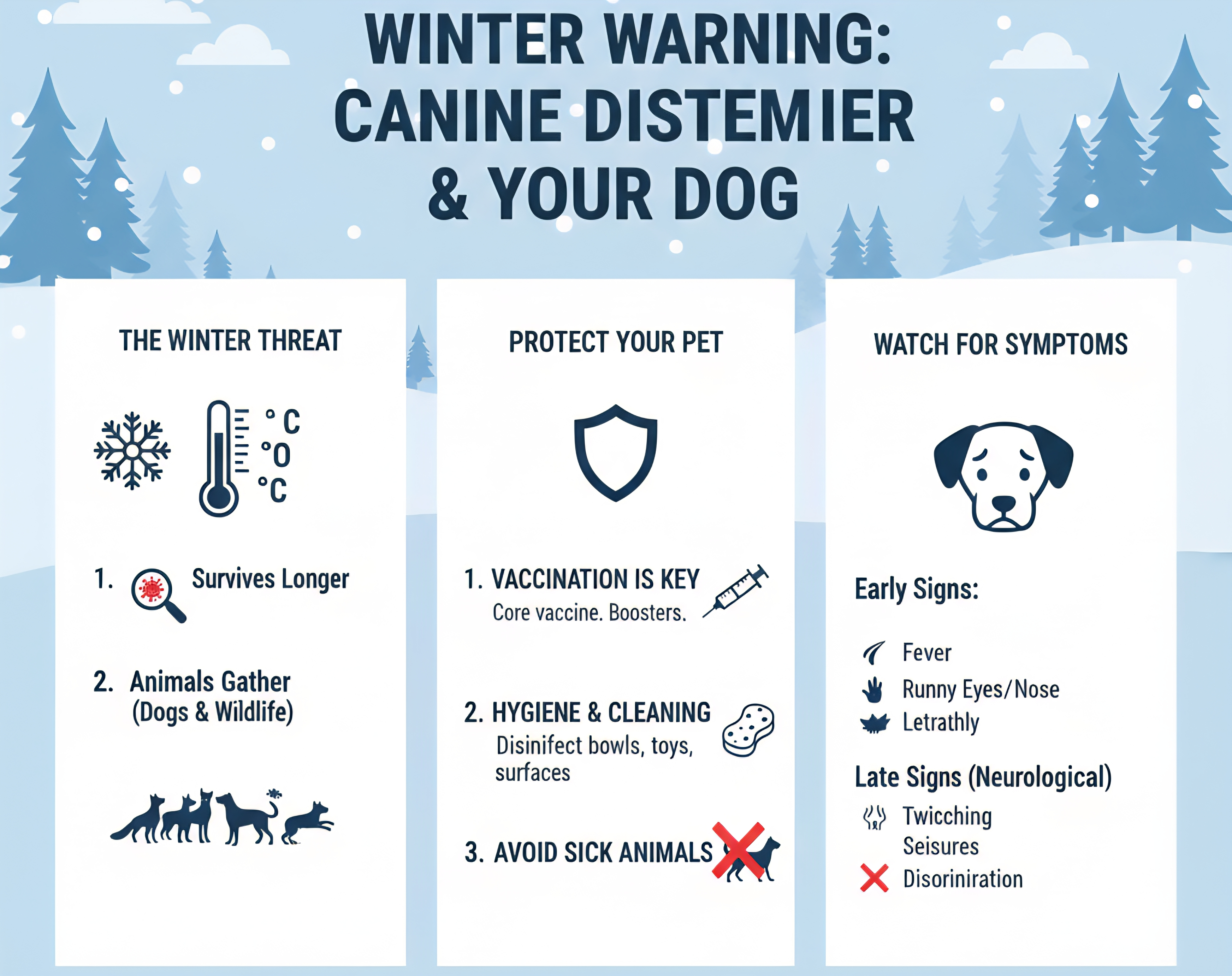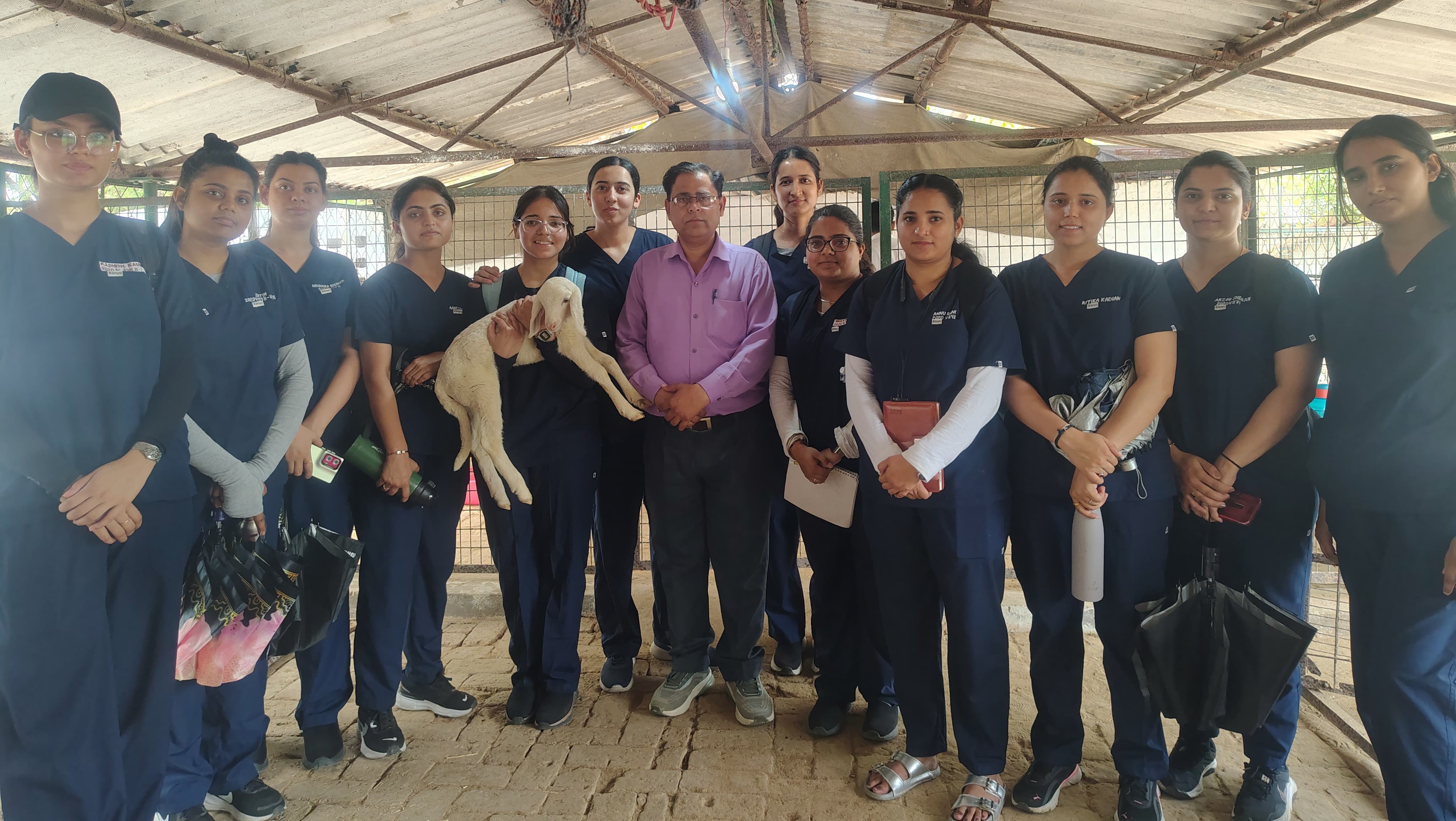Veterinary trauma cases often demand a swift, strategic approach — especially when the injuries involve weight-bearing joints. In this case, a 10-year-old female dog was presented to the IIVER Veterinary Clinical Complex after a suspected vehicular accident. She exhibited severe hind limb weakness, anorexia, and systemic signs of trauma. A detailed diagnostic and surgical plan was undertaken to restore her mobility and quality of life.
The Case
The patient was a 10-year-old female dog who had reportedly been hit by a truck. The owner brought her in with complaints of hind limb immobility, refusal to eat, and mucopurulent eye discharge. Clinical signs suggested pain and nervous compromise in the pelvic region.
Diagnostic Workup
Neurological Assessment:
- Conscious proprioception: Sluggish bilaterally
- Patellar reflex: Present
- Deep pain perception: Not elicited
- Panniculus reflex: Absent
Radiographic Findings:
- Bilateral sacroiliac luxation
- Displacement of the pubic bone
These findings indicated major trauma to the pelvic girdle, necessitating surgical intervention.
Hematological Results:
- Hemoglobin: 7.3 g/dL (anemia)
- WBC Count: 44.5 x 10³/μL (elevated — indicating inflammation)
- RBC Count: 3.57 x 10⁶/μL (low)
- Platelets: 428 x 10³/μL (within normal range)
The blood work revealed systemic inflammation and internal blood loss, common in trauma patients.
Understanding Sacroiliac Luxation
Sacroiliac luxation is the dislocation of the joint connecting the ilium (pelvis) to the sacrum (spine). It is typically caused by high-impact trauma such as road accidents or falls. The condition leads to significant pain, instability of the hind limbs, and, if untreated, long-term disability.
Prognosis
With prompt surgical intervention, the prognosis is generally favorable. Most animals regain good limb function, especially if neurological function is preserved or recoverable. Conservative management is considered only in mild cases, while surgical correction offers the best outcomes for severely displaced joints.
Surgical Management

The patient underwent Trans-Ilial Pinning using a 2 mm Steinmann pin — a minimally invasive technique used to realign and stabilize the pelvic girdle. The surgery was uneventful, and the pins were successfully positioned to maintain joint stability and prevent further nerve damage.
This approach was chosen for its effectiveness in:
- Providing immediate pelvic stability
- Minimizing tissue trauma
- Allowing early rehabilitation in older patients
The procedure was successfully carried out under general anesthesia, and the patient was stabilized post-operatively with supportive therapy and strict cage rest.
Post-Operative Care and Progress
Post-surgery, the patient was provided:
- Analgesics and anti-inflammatory drugs
- Soft bedding to avoid pressure sores
- Sling-assisted walking for support
- Gradual reintroduction to food and water
- Close neurological monitoring
Within a few days, subtle improvements in proprioception and comfort were observed. With continued care and physiotherapy, the patient is expected to regain functionality over time.
Radiographic Images

Pre-operative radiograph This X-ray was taken prior to the surgical procedure. It shows cranio-dorsal displacement of both illium along with visible pubic bone misalignment — findings consistent with a high-impact pelvic trauma that required surgical intervention

Post-operative radiographThis image shows the pelvis after the surgical correction. A Steinmann pin (2 mm) has been successfully placed to stabilize both sacroiliac joints following bilateral luxation. The alignment appears restored, and the pelvis is now structurally supported
Conclusion
This case highlights the importance of a comprehensive diagnostic approach, timely surgical intervention, and dedicated post-operative care in trauma cases. At IIVER, we are committed not only to treating such complex cases but also to ensuring that our students witness real-world clinical excellence in action.
Veterinary medicine is not just about healing — it's about restoring dignity and mobility to our patients, one case at a time.







